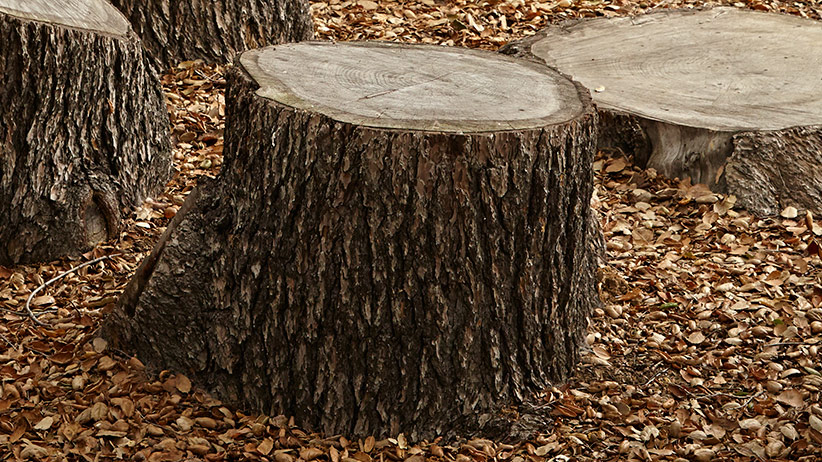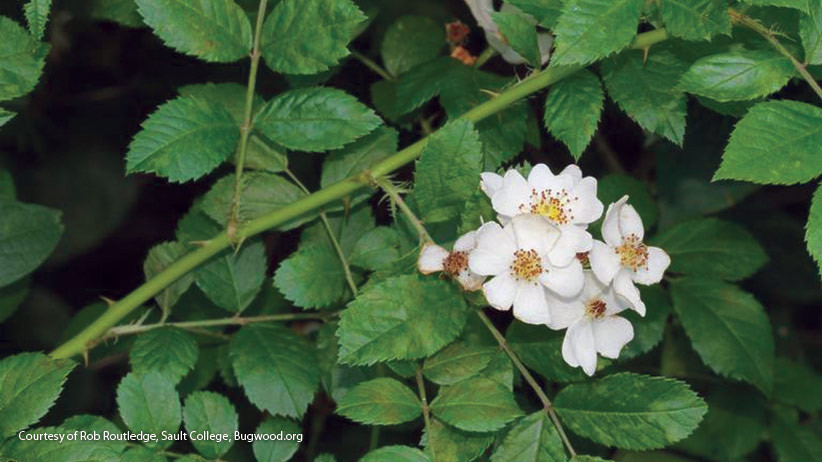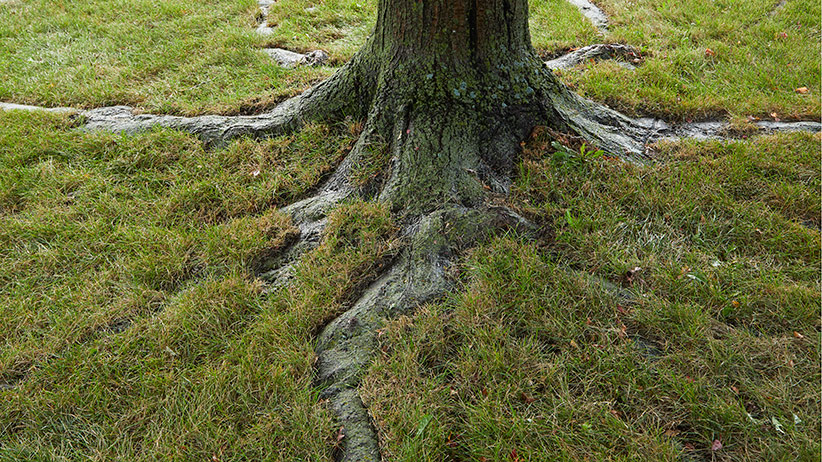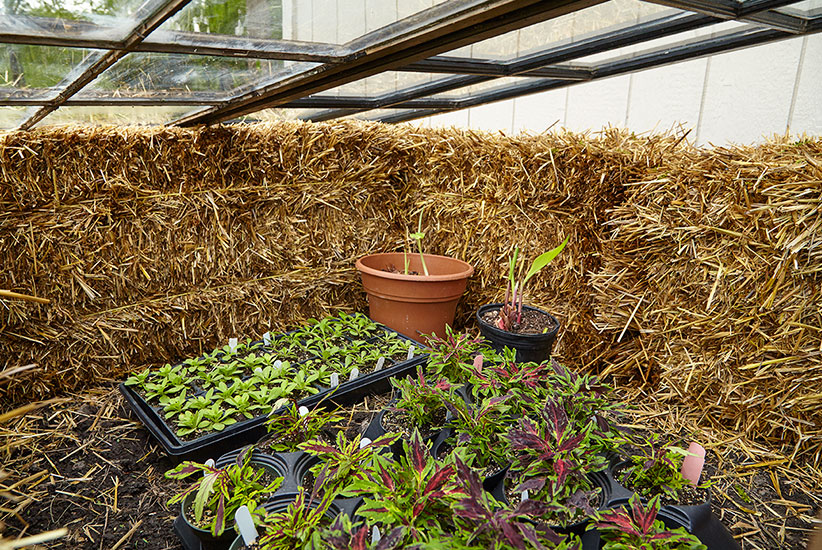
Why use a cold frame?
If you don’t have the time or patience to shuttle plants in and out of the house, let them get acclimated to the sun and wind by hardening them off in a cold frame. This handy structure is made to protect plants from harsh weather with no added heat source.
Choose a location for your cold frame
Position your cold frame in full sun, near a water source and out of the cold north wind. A spot on the south side of the house or garage provides lots of sunlight and reflected heat. Set a thermometer inside (out of direct sunlight for an accurate reading) so you know what the temperature is.
You Might Also Like:
Protect New Plants with This Clever Hack
How to Harden Off New or Overwintered Plants
Plant Perennials in 4 Simple Steps
What to use for your cold frame
This cold frame was made using two-string straw bales, which are about 36 inches long, 18 inches wide and 14 inches tall. Six bales form a 6-foot square with a 3-foot opening in the center for plants. Not only are straw bales good insulators, they also make for easy set-up and tear-down, so it’s possible to use this part of the garden for other things later. Recycle the straw in the compost pile or use it as mulch for vegetable beds. There are lots of other ways to make a cold-frame — check out the DIY Cold frames slideshow at the bottom of the article.
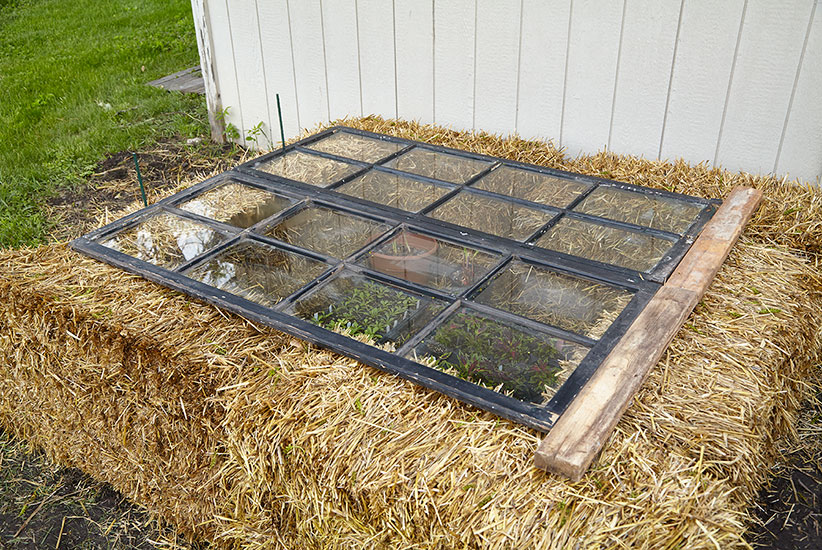
Heat it up
Whatever your cold frame is made of, it needs a cover to hold in the warmth accumulated from sunlight during the day so night temperatures (or frost) won’t damage plants. Two old windows in the photo above make the interior space 5 to 10 degrees warmer than it is outside.
To get the best growth from your plants, keep daytime temperature inside the cold frame between 50 and 70 degrees F for cool-weather types and between 60 and 80 degrees F for warm-season ones. Ideally, the nighttime temperatures should drop about 10 degrees lower inside.
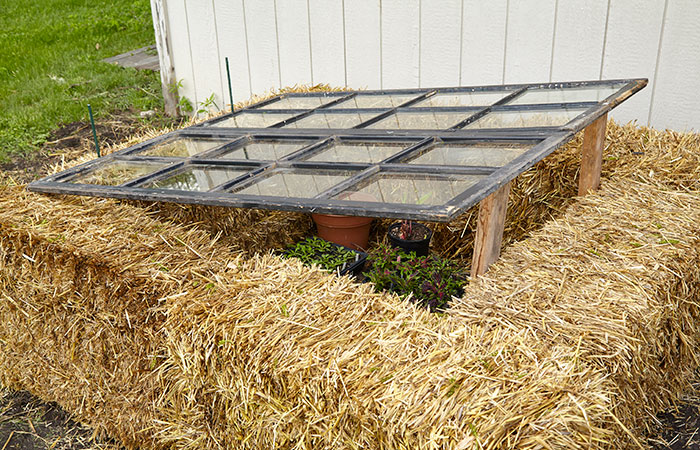
Monitor the temperature in your cold frame
Keep an eye on the interior temperature and raise and lower the windows to keep temps in the optimum range. The photo above shows how raising it even a few inches can prevent excessive heat buildup and help air circulate to avoid fungal disease. Raise the window on the side opposite the direction the wind is blowing to avoid desiccated, or dried out, foliage and prevent the window from being blown off the bales. Close the windows before the sun sets to maintain the heat that’s accumulated.
You Might Also Like:
7 Easy Plants to Start from Seed
Helpful Products for Vegetable Gardening
Easy Herbs to Grow
Why You Should Have a Garden Holding Bed
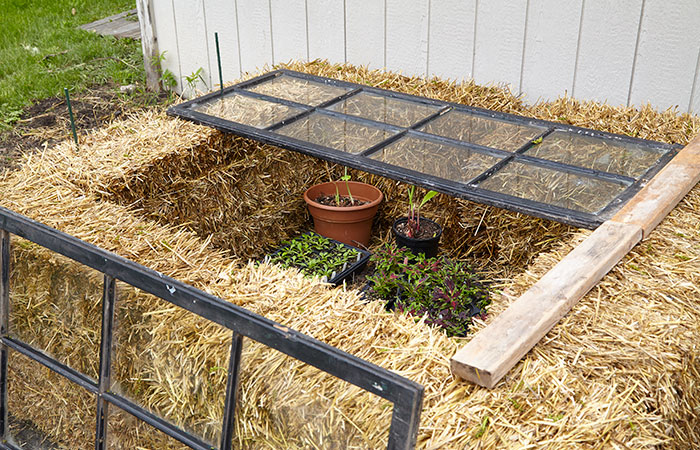
Vent the cold frame to acclimate plants
Remove one window completely, like the photo above, then get rid of both as outdoor temperatures are staying in the optimum range. Spring weather is rarely a smooth transition, so if cold or snow crop up, replace both windows until the cold snap passes. For dramatic short-term temperature drops, wrap the whole thing with an old blanket to conserve heat. On the other hand, if interior temperatures are still staying a little too toasty, the photo below shows how you can diffuse the sunlight with row cover.
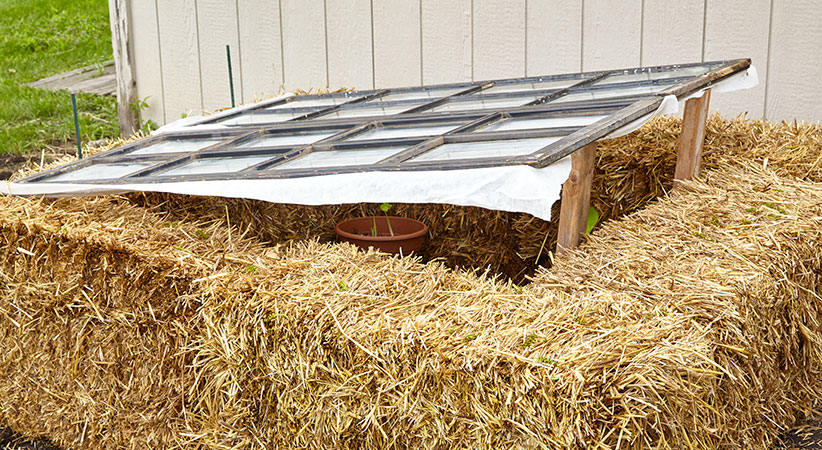
Gradually remove the windows
Once night temperatures are warm enough for the plants you’re growing, leave the windows off both day and night. Do this for a couple of days, then put plants in the ground or containers. Now they’re hardened off and ready to bring color and beauty to your garden for the rest of the season!
Try one of these DIY cold frame ideas
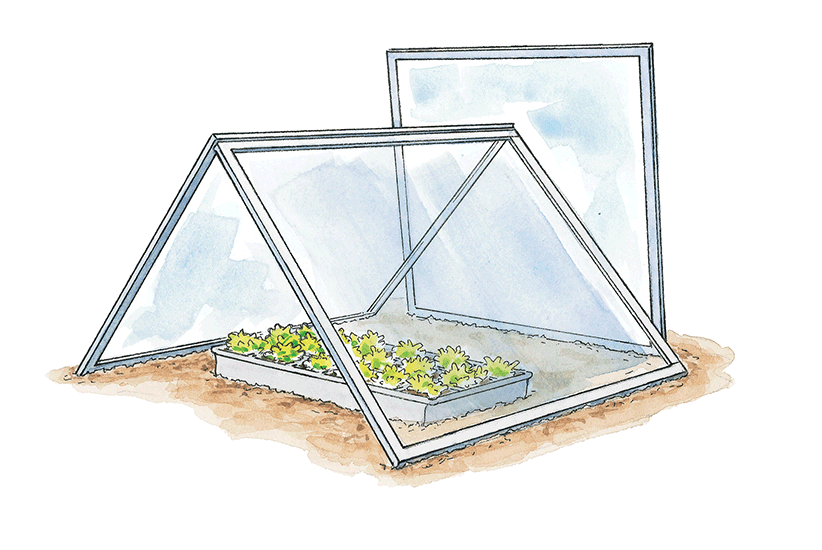
Upcycle windows to create a cold frame
Form a tent shaped cold frame by connecting two windows with a couple of small hinges to keep them from falling apart. A third window at one end blocks harsh wind.
You Might Also Like:
Woodworking Projects for the Garden
4 Smart Ways to Repurpose Tomato Cages in the Garden
Watch Our Garden Project Video Playlist on YouTube
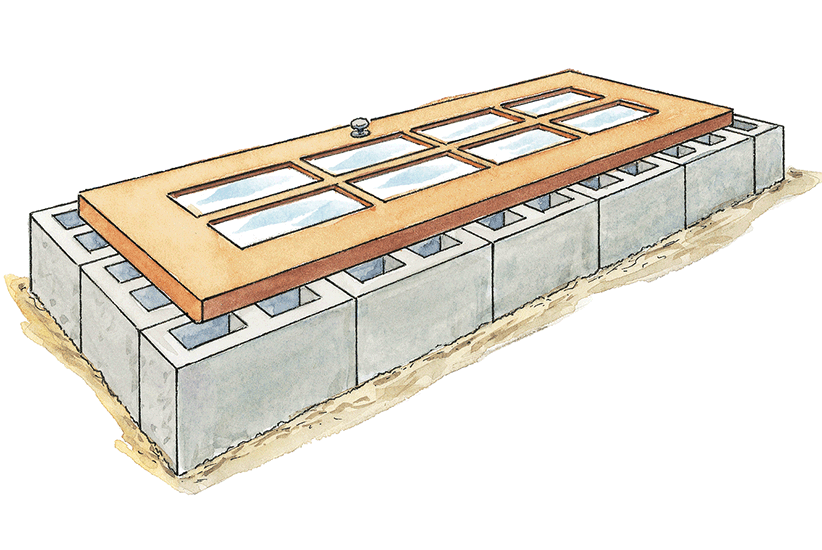
Use an old door and cinder blocks
Line up inexpensive cinder blocks and top them off with an old door. Make sure the door has plenty of glass windows to let sunlight in.
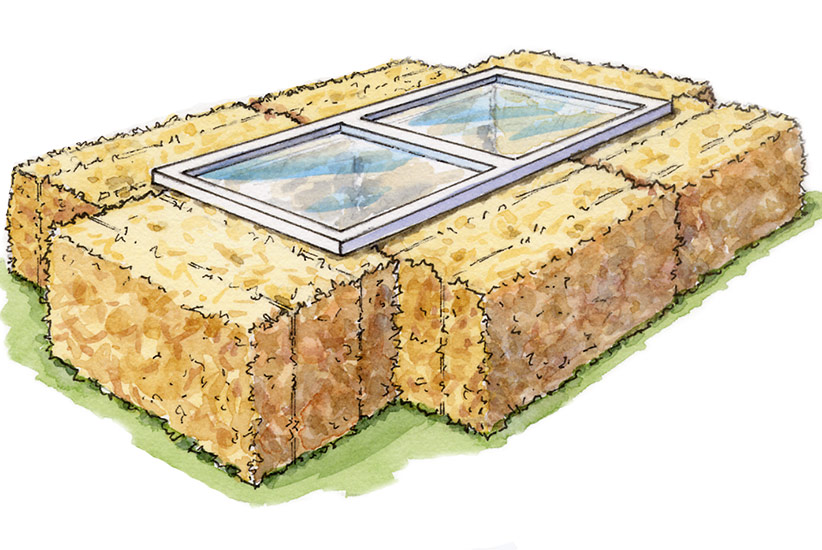
Use hay bales and windows
Set four to six bales of straw (good insulators against cold) on the ground around tender plants. A window or two placed on top lets in sunshine and can be easily moved so plants don’t overheat on sunny days. Later on, use the straw as mulch in the garden.
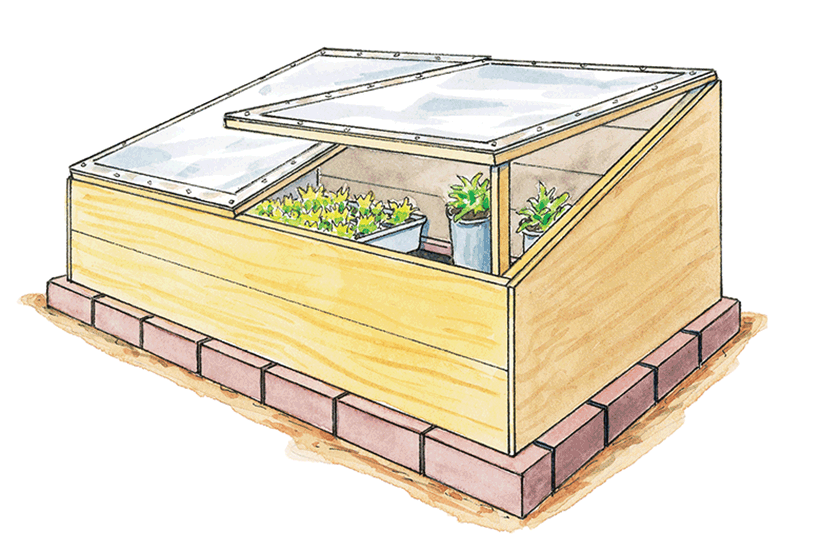
Build a permanent cold frame
Here’s a permanent cold frame made of lumber with a plastic lid that you can use year after year. Download the free plan for this cold frame for more details. Here’s a permanent cold frame made of lumber with a plastic lid that you can use year after year.








